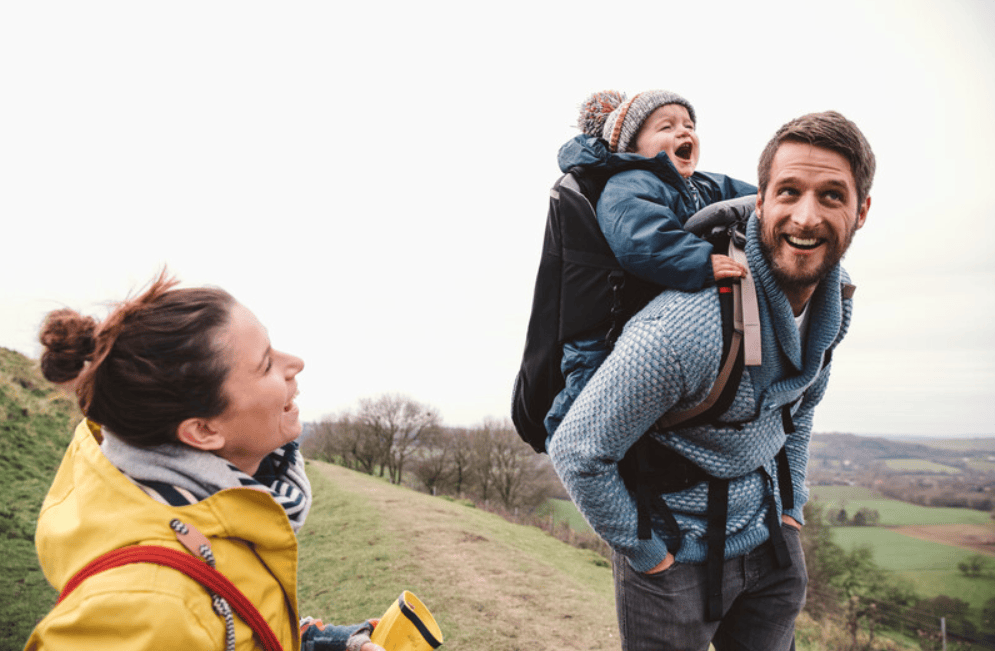Many of us head straight outside when the sun's out, but often forget to take the necessary precautions in order to help protect our skin and decrease our chances of skin cancer.
How can the sun damage my skin?
British Skin Foundation highlight that ultraviolet (UV) radiation from the sun can cause damage to the skin and lead to skin cancer. In fact, UV exposure is the main preventable cause of skin cancer.1
For some the aim is to soak up the sunshine and achieve a suntan, but a tan is the body's attempt to protect you from the sun's harmful rays, which, over time can seriously harm you.
Almost 9 in 10 UK cases of melanoma, the most serious type of skin cancer, could be prevented by staying safe in the sun and avoiding sunbeds.2
Sunburn
Any skin tone can be sunburnt but those with lighter skin have a higher risk. Sunburn is skin damage and your body’s response to try to repair it. It is a clear sign that the DNA in your skin cells has been damaged by too much UV radiation.
Getting sunburnt once doesn’t mean you will definitely get skin cancer. But the more times you get sunburnt the higher your risk of skin cancer.3
There are however ways to enjoy the sunshine safely, without jeopardising your health. Here's our top tips:
1) Spend time in the shade between 11am and 3pm
One of the best ways to protect yourself from the sun's harmful UV rays is to find shade under trees, umbrellas, canopies or indoors.
- UV rays are invisible and cannot be felt on the skin (the heat of the sun comes from infrared rays instead). UV rays penetrate deeply into our cells, causing changes that lead to sunburn, skin ageing, eye damage and skin cancer.
- When travelling abroad, a simple way to find out when the sun's rays are at their strongest is to look at your shadow - if it is shorter than your height this means that the sun's UV rays are strong.
During these times you need to be careful about avoiding sunburn. Seek shade if you are going to be out for a long time.
2) Covering up
When there's no shade around, the best way to protect your skin from the sun is with loose clothing, a wide brimmed hat and good quality sunglasses.
- The more skin that is covered by your clothing, the better the protection. Look for materials with a close weave, as they will block out the most UV rays. Holding the material up to the light is a good way to see how much light and UV rays will get through.
- Be aware that when some clothes get wet, they stretch and allow more UV rays through to your skin. This is particularly a problem for cotton clothes. A wet cotton t-shirt may only offer half the protection of a dry one.
3) Choosing sunglasses
As well as damaging the skin, overexposure to UV rays can damage the eyes too.
The Association of Optometrists, state that 40% of adults are unaware that too much UV exposure contributes to sight threatening conditions such as cataract, age-related macular degeneration and eye cancers.4
Wearing sunglasses in strong sunlight can help protect the eyes from damage. When choosing sunglasses look for one of the following:
- The CE Mark
- A UV 400 label
- A statement that the sunglasses offer 100% UV protection
Make sure that the glasses offer protection at the side of the eye, for example wrap-around styles.
4) Buying sunscreens
Sunscreens can help protect our skin from the sun's rays, however, they will not completely protect us from sun damage. This is why we recommend using sunscreens alongside seeking shade or covering up, to avoid getting caught out by sunburn.
You should never use sunscreen in order to spend longer in the sun.
What to look for in a sunscreen:
- A Sun Protection Factor (SPF) of at least 30 - the higher the factor of sunscreen the better.
- Sunscreens with a minimum UVA star rating of four.
- Brands that have not gone past their expiry date - most sunscreens have a shelf life of two to three years.
Using sunscreen effectively:
- Apply to clean, dry skin.
- Apply plenty of sunscreen and reapply it regularly. Sunscreen can be easily washed, rubbed or sweated off.
- Even sunscreens that claim to be 'waterproof' should be reapplied after going in the water.
- Use sunscreen together with shade and clothing to avoiding getting caught out by sunburn.
- Don't be tempted to spend longer in the sun than you would without sunscreen.
- Do not store sunscreens in very hot places as extreme heat can ruin their protective chemicals.
- Don't forget to check the expiry date on your sunscreen. Most sunscreens have a shelf life of two to three years but ensure your sunscreen has not expired before you use it.
>Find out more about skin cancer and the risks in our causes and risks article. Also, we address some common myths when it comes to being out in the sun. Discover the top five misconceptions.
If you do receive a cancer diagnosis, the news can feel overwhelming and you’ll have a lot of questions. Explore our cancer care articles for more information. If you're a member with AXA Health, here's more information on dedicated cancer support you may have access to.
References
- How to stay safe in the sun - British Skin Foundation
- How does the sun and UV cause cancer? - Cancer Research UK
- Does sunburn cause cancer? - Cancer Research UK
- More than half of adults fail to protect their eyes from UV - Association of Optometrists















